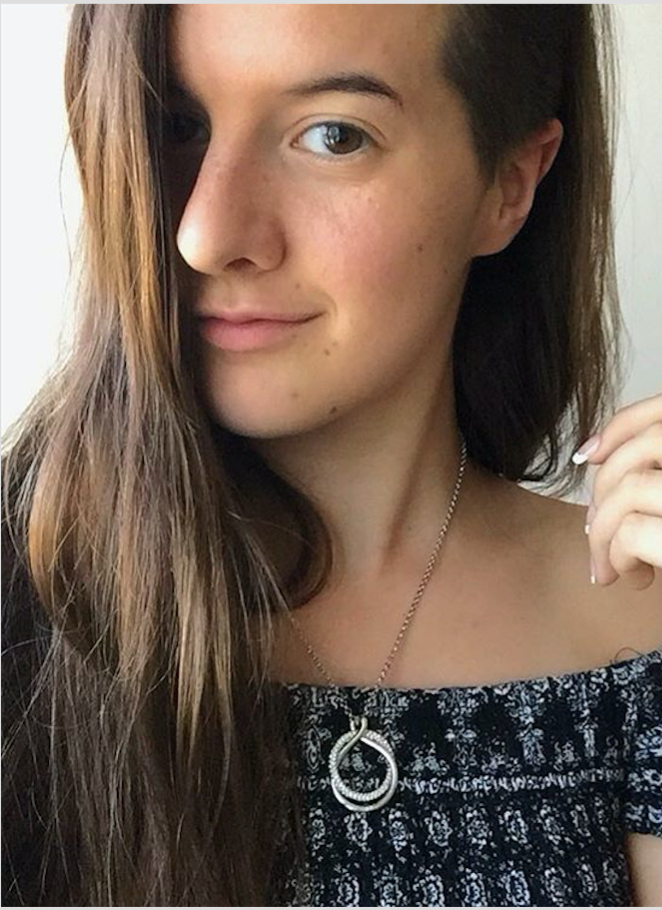The development of an eating disorder looks different for each individual. Although the triggers and environmental stressors may vary person to person, the media can have a significant impact on all struggling with an eating disorder or are in recovery.
by: Kristin Burmeister
Eating disorders are complex and multifaceted issues that affect different people in different ways. While eating disorders are very individualized struggles there are cultural forces that impact how many people develop eating disorders and how they experience having an eating disorder. Today culture is communicated mainly though media sources such as television, magazines, and websites. All media sources seem to scream one central message about our bodies: that they need to be smaller. The idealization of thinness creates a culture of unhealthy body image and eating habits that, for some, can manifest into an eating disorder.
Media often associates thinness with attractiveness, success, and health leading to an increase in a drive for thinness. Television shows portray thin characters as generally positive, while larger characters are seen as lazy and lacking control. Dr. Becker’s study in Fiji illustrates how the impact of television can increase associating thinness with success. In the study she surveyed girls in Fiji before and after western television was introduced in the country. After viewing these shows many of the girls believed the key to success in life, specifically the ability to get a good job, is being thin [1]. One girl stated “[fat people] don’t have jobs because of their weight, and I mean the way they ate and all” [1]. Viewing thin as more positive leads to changes in behavior and an increased risk for eating disorders. After three years of television exposure there was a 16% rise in the risk for eating disorders for the girls surveyed and 69% of the girls had gone on a diet [2]. This study demonstrates how media portraying smaller individuals as better can increase drive for thinness, which can lead to an increase in eating disorder symptoms.
Exposure to media sources portraying thin models often leads to a increase in body dissatisfaction. Viewing thin bodies in magazines or on television has been found to increase drive for thinness and negative body image leading to an increase in dieting behaviors [3]. Furthermore, many experiments demonstrate that individuals who view thin models have a greater decrease in body dissatisfaction than those who view neutral pictures [4]. Additionally, research shows a high correlation between media exposure, through television and magazines, and body dissatisfaction along with eating disorder behaviors [4]. Most researchers believe this effect is due to social comparison, in which individuals use media images as a basis from which to compare themselves to. Using media images as a basis for comparison sets unrealistic standards for individuals yet many people believe media is a portrayal of reality [4]. In reality, the average models weigh 23 percent less than the average person and many media images are photoshopped to make models appear even thinner [5]. Additionally, many models meet weight criteria for anorexia nervosa demonstrating how media often idealizes unhealthy ideals [5]. Thus, comparisons between average individuals and media idols causes a decrease in body satisfaction which may lead to anorexic behaviors in order to achieve a thin ideal.
Overall, media influences can contribute to the development and maintenance of eating disorders. Many of the DSM-5 criteria for eating disorder correlate with the effects of media exposure. Media associating thinness with more positive attributes can promote or create an intense fear of gaining weight. Using models as an unrealistic basis for comparison may create a distortion in body perception. Additionally, weight loss being a prominent topic in media may lead to the perception that weight loss is normal and never dangerous, leading to a denial of one’s eating disorder being a problem. Thus, a person’s surrounding culture communicated through media has the potential to exacerbate an encourage the development of an eating disorder or exacerbate an existing disorder.
[1] Becker, Anne E. “Television, Disordered Eating, and Young Women in Fiji: Negotiating Body Image and Identity during Rapid Social Change.” Culture, Medicine and Psychiatry, vol. 28, no. 4, 2004, pp. 533–559., doi:10.1007/s11013-004-1067-5.
[2] Goode, Erica. “Study Finds TV Alters Fiji Girls’ View of Body.” The New York Times, The New York Times, 19 May 1999, www.nytimes.com/1999/05/20/world/study-finds-tv-alters-fiji-girls-view-of-body.html.
[3] Goodman, J. Robyn. “Mapping the Sea of Eating Disorders: A Structural Equation Model of How Peers, Family, and Media Influence Body Image and Eating Disorders.” Visual Communication Quarterly, vol. 12, no. 3-4, 2005, pp. 194–213., doi:10.1080/15551393.2005.9687457.
[4] Grabe, Shelly, et al. “The Role of the Media in Body Image Concerns among Women: A Meta-Analysis of Experimental and Correlational Studies.” Psychological Bulletin, vol. 134, no. 3, 2008, pp. 460–476., doi:10.1037/0033-2909.134.3.460.
[5] Lovett, Edward. “Most Models Meet Criteria for Anorexia, Size 6 Is Plus Size: Magazine.” ABC News, ABC News Network, 12 Jan. 2012, abcnews.go.com/blogs/headlines/2012/01/most-models-meet-criteria-for-anorexia-size-6-is-plus-size-magazine/.
Looking for eating disorder treatment programs or services in the New York City area? Learn more about our options at BALANCE eating disorder treatment center here or contact us here.
This post was written by BALANCE blog intern Kristin Burmeister.
Kristin is a graduate student studying social work at Case Western Reserve Universtiy. Her own recovery journey inspired her to want to help others who struggle with eating disorders. In the future, she hopes to work as a clinical social worker with a focus on eating disorder treatment.



